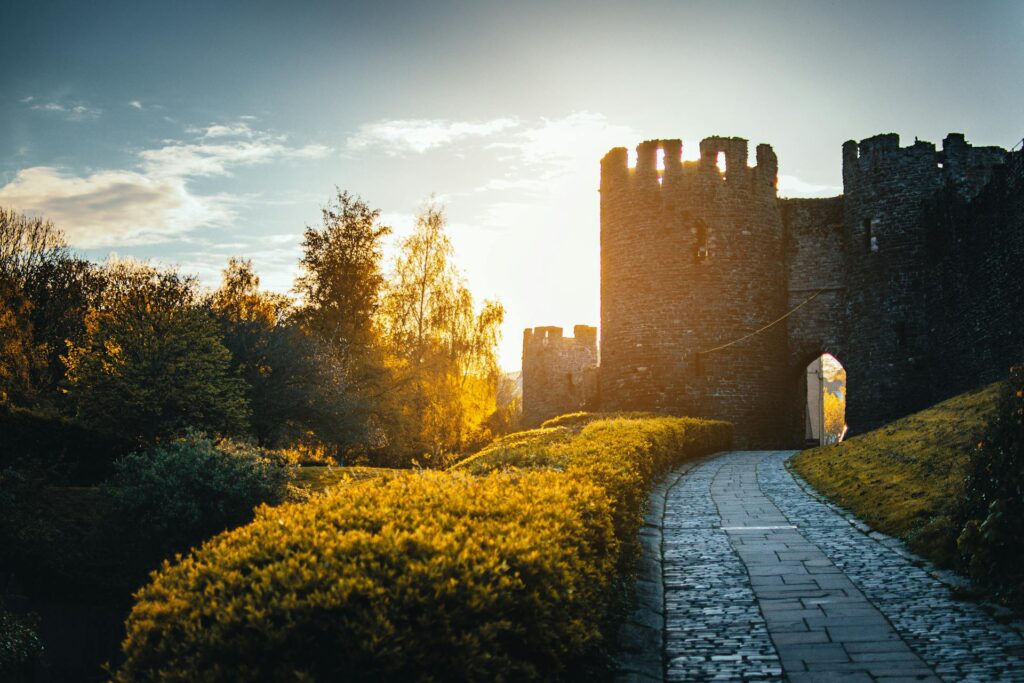 Formation and Functions of Guilds
Formation and Functions of Guilds
Medieval guilds were associations of artisans and merchants who controlled the practice of their trade in a particular town. Guilds were formed to protect the interests of their members, regulate trade, and maintain quality standards. They provided training through apprenticeships, ensured fair wages, and supported members in times of need.
Economic Regulation and Control
Guilds played a crucial role in regulating the medieval economy. They set prices, controlled the supply of goods, and maintained quality standards. This regulation ensured that products met specific criteria, protecting consumers and enhancing the reputation of local trades. Guilds also enforced rules on competition, limiting the number of practitioners to prevent oversupply and price wars.
Social and Political Influence
Beyond their economic functions, guilds wielded significant social and political influence. They provided a sense of community and mutual support for their members. Guilds often had a voice in local government, using their collective power to influence political decisions and protect their interests. This influence extended to charitable activities, such as funding churches and supporting local infrastructure projects.
Conclusion
Medieval guilds were more than just trade associations; they were key players in the economic, social, and political life of their communities. Their role in regulating trade, supporting members, and influencing local governance made them integral to the development of medieval economies.